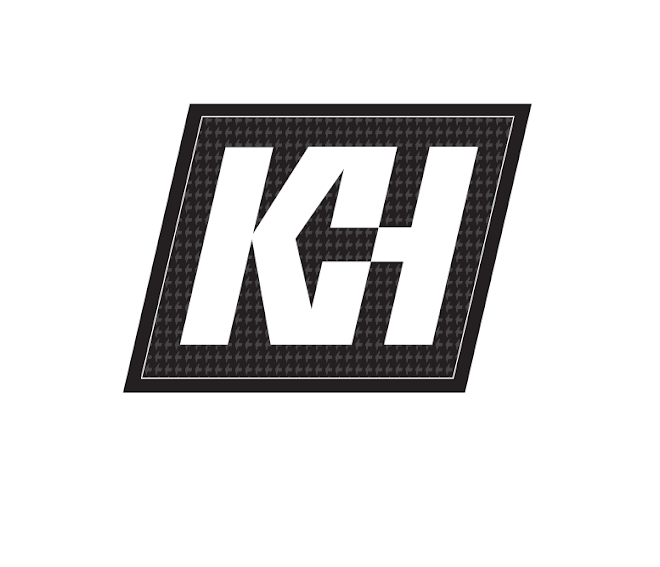
I made a list of a bunch of questions that pertained to my area of interest. Here are 5 of them.
1. Can an environment create new meaning for typography that is projected upon it?
2. What happens when highly ornamented typography is projected onto an uneven surface?
3. How can Marian Bantjes style typography be implemented into a 3D space?
4. How can highly ornamented text imagery be given additional/multiple meanings?
5. Does legibility become an issue when typography is projected into the corner of a room?
6. How can a projected typographic image be used in combination with a grid?
7. Can a grid define a new typeface from a distorted existing typeface.
8. How can new meaning be added through ornamentation to a gridded typeface?
9. Can a word be given new meaning just by the ornamentation it is constructed with?
10. How can a "designalogue" banner be created by combining projection experiments with grid experiments?
I want to create a typographic image that contains complex detail and ornamentation and then experiment with projecting it onto different kinds of surfaces..such as a pile of trash, the corner of a room, different layers of fabric, textured walls, and other surfaces that would not usually be used as a projection screen.
INSPIRATION:
HERE
Tobias Battenberg took a projector and Akzidenz Grotesk out onto the streets, and came back with these fantastic images.



















































